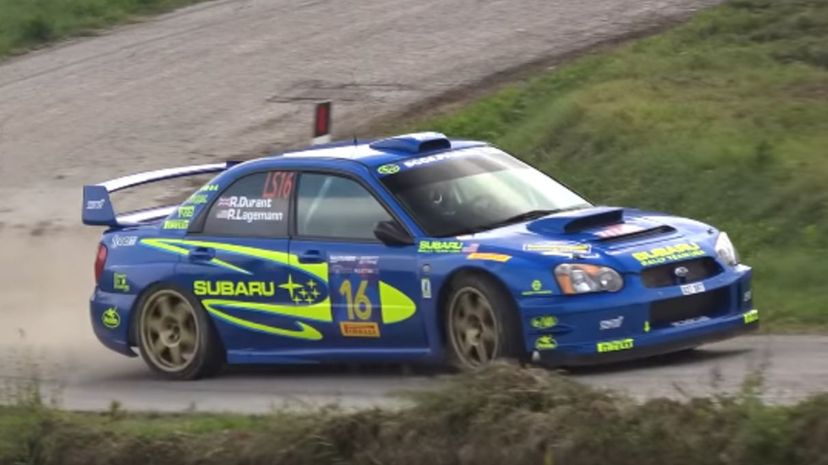
About This Quiz
Subaru and Mitsubishi are two of the most iconic automotive brands to enter the rally racing world — and now is the perfect time to put your racing knowledge to the test.
Subaru has been racing for decades, sharing such iconic vehicles as the Subaru WRX and the Impreza 555. It has gone on to win dozens of championships and titles at the hands of some of history's most talented drivers. Subaru racers have taken the podium time and again, broken motorsports records and made long-lasting names for themselves in the books of automotive history. And don't forget about Mitsubishi! Mitsubishi's history includes going up against prime performance models on the world stage and taking home medals, titles and championships with ease, cementing its legacy in speed, power and handling.
From the development of influential new engines to modern innovations in racing technology that span hydraulic handbrakes to turbo anti-lag systems, these vehicles are defining parts of automotive and motorsports history, without which modern rally racing would not be the same.
How much history do you know about the automakers that helped to define rally racing and make it what it is today? Find out today with a quiz on foundational racing moments, engineering advances and historic victories from two of the industry's leading performance automakers.
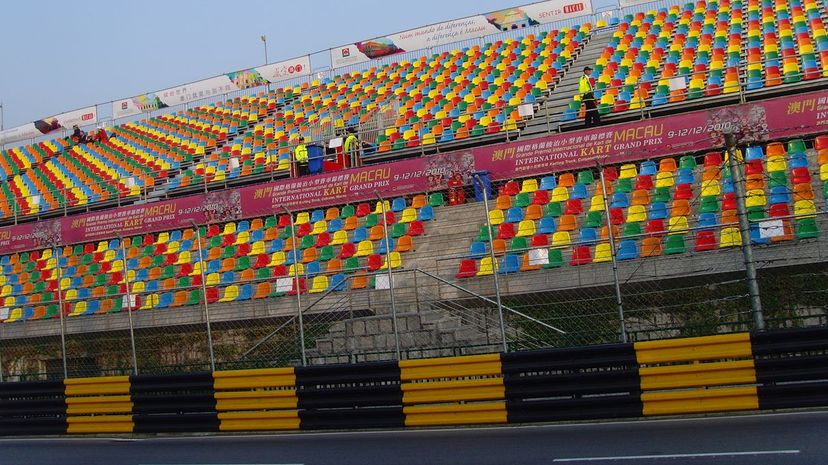
The Mitsubishi 500 Super Deluxe was a vehicle that marked a lot of firsts for Mitsubishi. Not only did it take the podium for class A at the Macau Grand Prix, but it was also the first mass-production passenger vehicle created by Mitsubishi after World War II — and the first Japanese car ever tested in a wind tunnel!
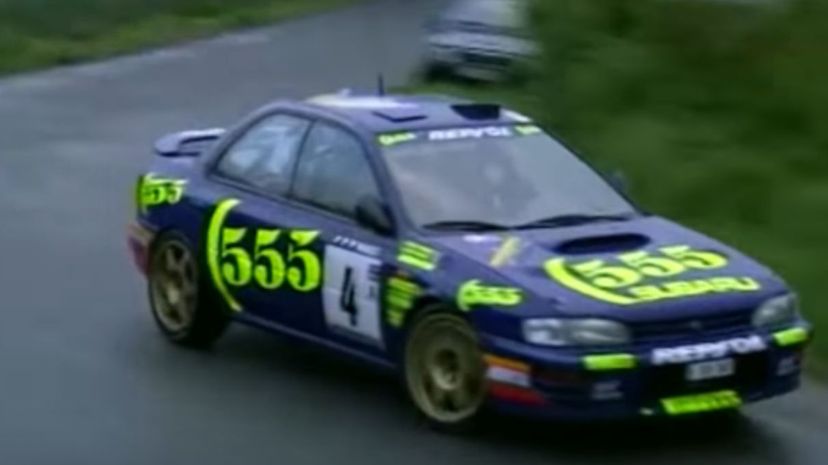
While Subaru has become an iconic rally racing name, it hasn't been in the industry that long. Two Subaru Impreza 555s raced in the spring of 1993 at the 1000 Lakes Rally in Finland, driven by Markku Alen and Ari Vatanen. While they didn't win, they got the industry's attention.

While the original GDI was produced back in 1925, Mitsubishi brought it into the mainstream in the 1990s. Ultimately, it helps to increase vehicle efficiency and reduce emissions from the exhaust.
Advertisement
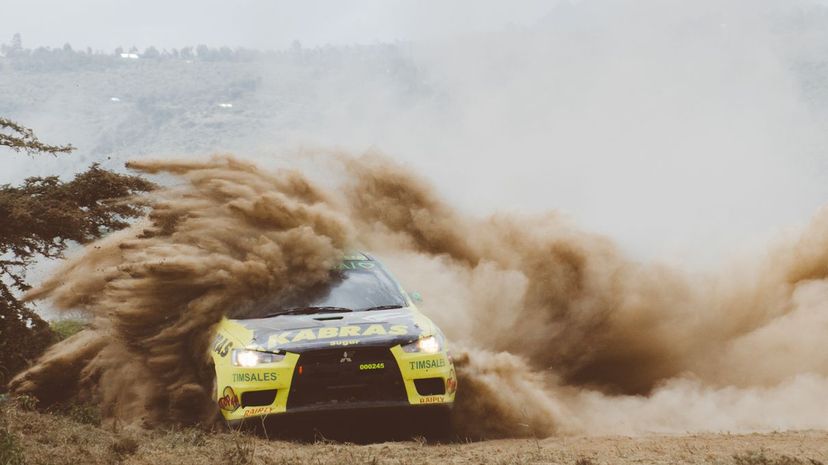
In the 1970s, Mitsubishi set its sights on the Australian import market — and picked rally racing as a way to do so. Australia's Southern Cross Rallies were known for being difficult and dangerous, and Mitsubishi used them as a stage to showcase how capable, reliable and performance-oriented its vehicles really were.
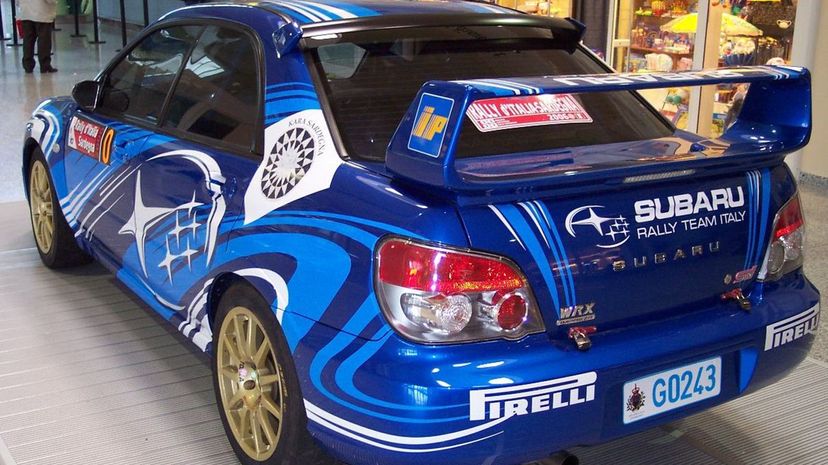
The Subaru WRX has been around since the early 1990s and was named the World Rally eXperimental or simple World Rally Cross. The street-legal version featured many racing-inspired elements, and the Type RA was stripped of everything from power windows to anti-lock brakes for improved performance.
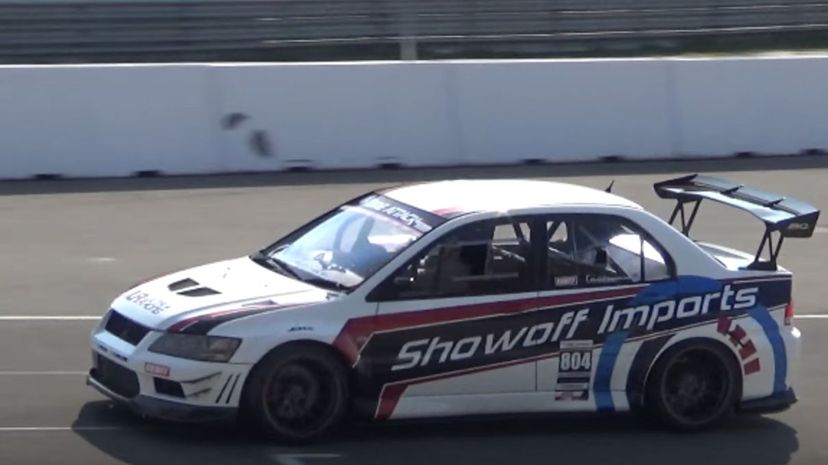
Jackie Chan had a long-standing relationship with Mitsubishi and was known for using only Mitsubishi models in his films, including "Thunderbolt" (1995) and "Who Am I?" (1998). The company even honored Chan through specialized editions with individual badging and decals.
Advertisement
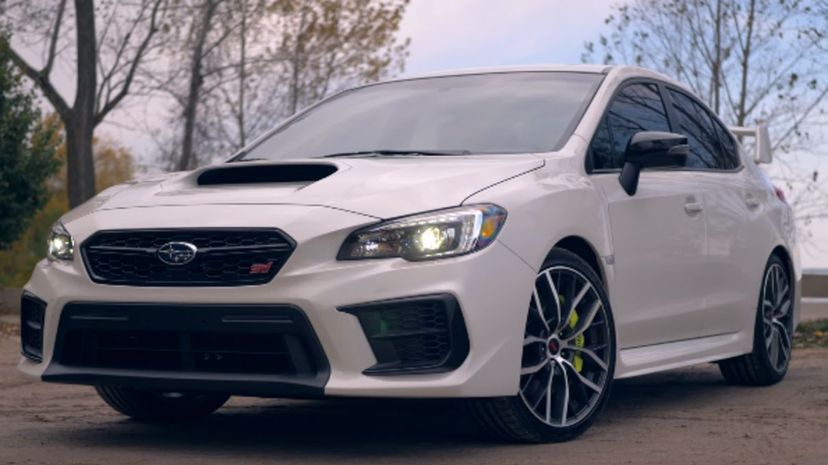
The Subaru WRX STI is one fun car to drive — maybe a little too much fun. The WRX and WRX STI are popular among young drivers, aftermarket parts are inexpensive and easy to find, and that racing legacy is close at hand — or foot. No matter the reason; it was named the number-one vehicle for traffic tickets in a 2019 study. In fact, more than 20% of WRX owners were cited within three years of purchasing insurance.
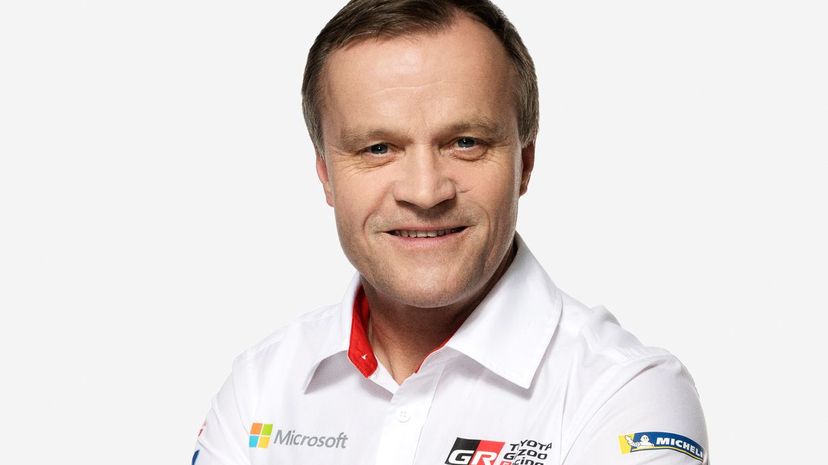
While Colin McRae helped to cement Subaru's Legacy, it was Tommi Makinen who got the Lancer Evo's first championship run and continued to carry it to victory for the next three years. Juha Kankkunen was known for his racing with Toyota, Peugeot and Lancia, and Henri Toivonen for Porsche.
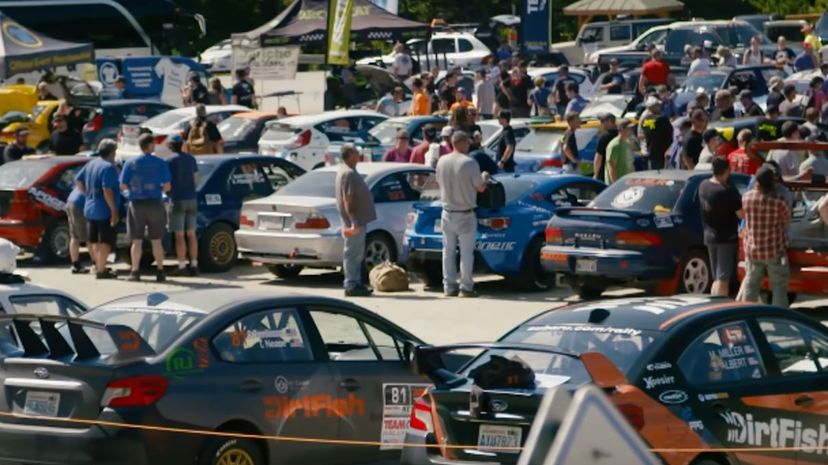
The iconic blue and yellow color scheme for which Subaru is known is actually a throwback to an early sponsorship deal with a cigarette called State Express 555, a British American Tobacco product that had become very popular in Asia. While cigarette companies are no longer allowed as racing sponsors, the classic livery colors remain.
Advertisement
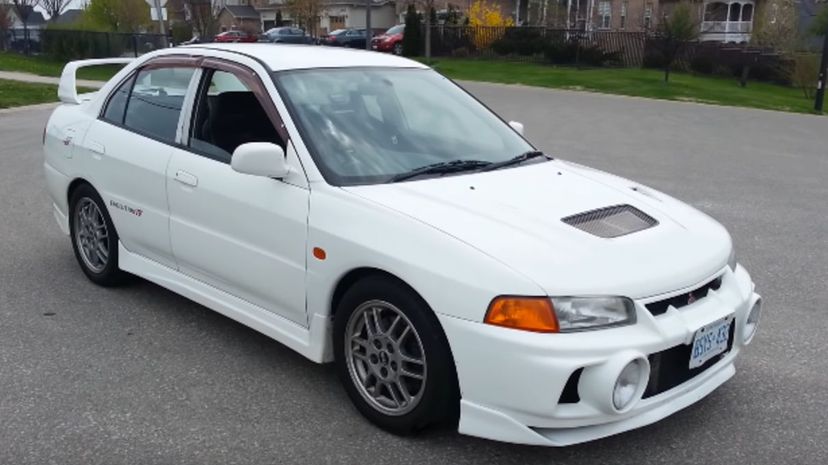
The Mitsubishi Lancer Evo IV was ahead of its time because it emphasized the use of onboard computers for tracking the vehicle's movements and responses when driving. It is also known for its two iconic front fog lamps that make it easy to spot at a distance.
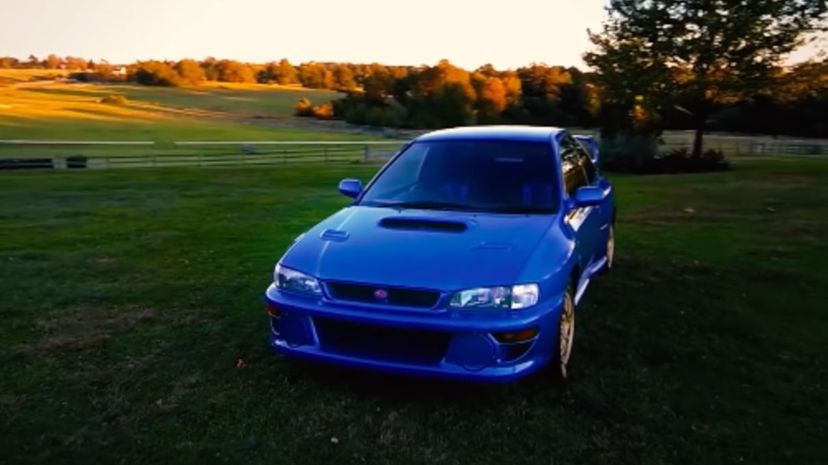
The Subaru 22B STI is a vehicle worthy of legend. According to the story, only 400 were produced and only for the Japanese market — and they sold out in just 30 minutes. Another two dozen were then made for overseas, but none ever came to the United States.
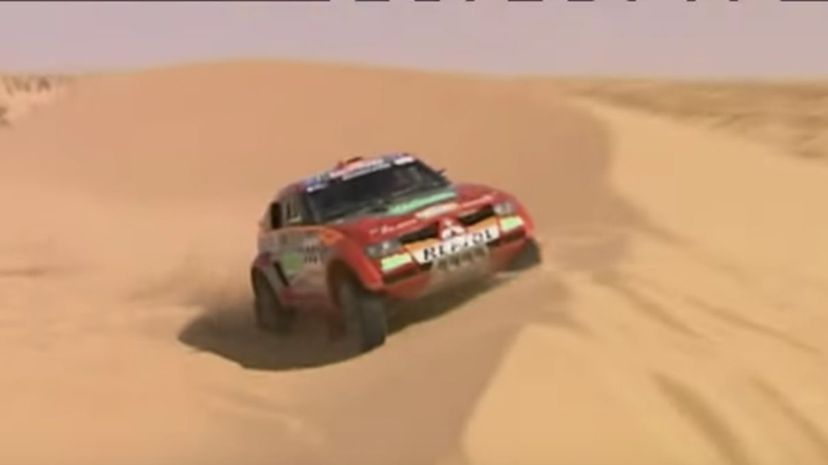
The Mitsubishi Pajero is one of the most successful Dakar Rally cars in history, having won almost half of the races over nearly 40 years. It is also known at the Mitsubishi Montero because the name "Pajero" has crude connotations in Latin American Spanish. "Montero" translates to "mountain hunter."
Advertisement
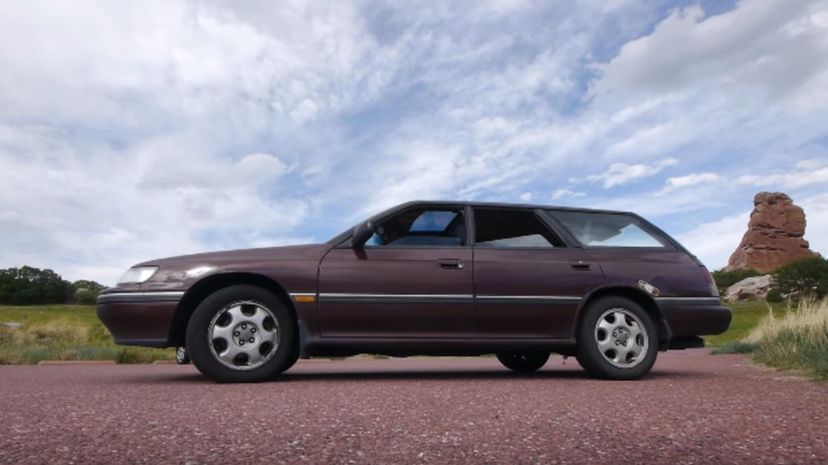
The Subaru Legacy set a record for performance station wagons in 1993, with a run of 249.9 kilometers per hour (a little over 155 miles per hour) over 1 kilometer at the Bonneville Speedway in Utah. In 1998 it set another record, at more than 270 kilometers per hour over 1 kilometer.
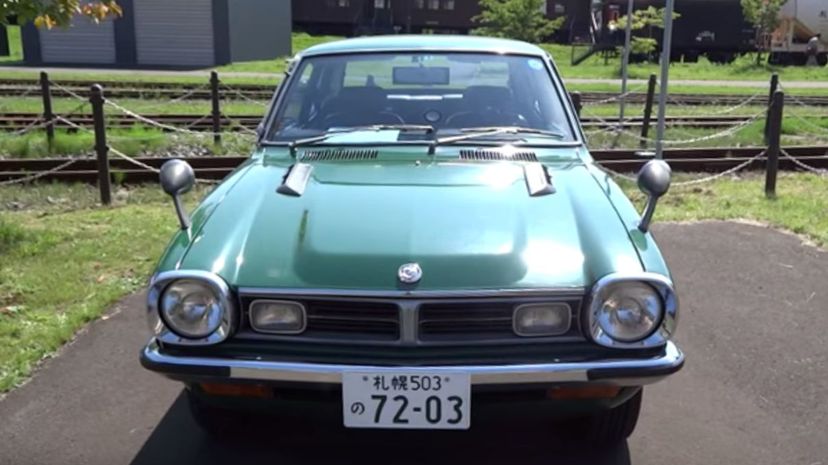
After excelling at the Safari Rally of Kenya, the Mitsubishi Lancer 1600 GSR went on to win four consecutive Australian Southern Cross Rallies, from 1973 to 1976. With a 169-horsepower, 4-cylinder engine that just kept winning, it was little wonder the nickname stuck.
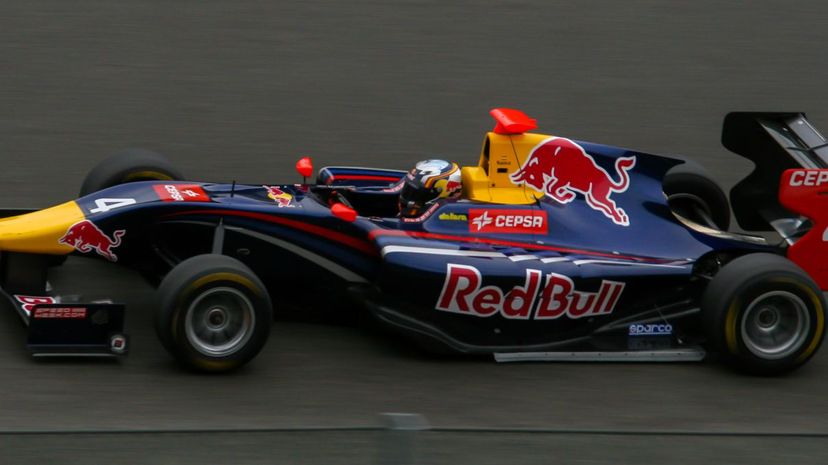
1994 was a high achievement year for Subaru. Not only did they participate in all of the World Rally Championship races for the first time, but they finished in second place overall.
Advertisement
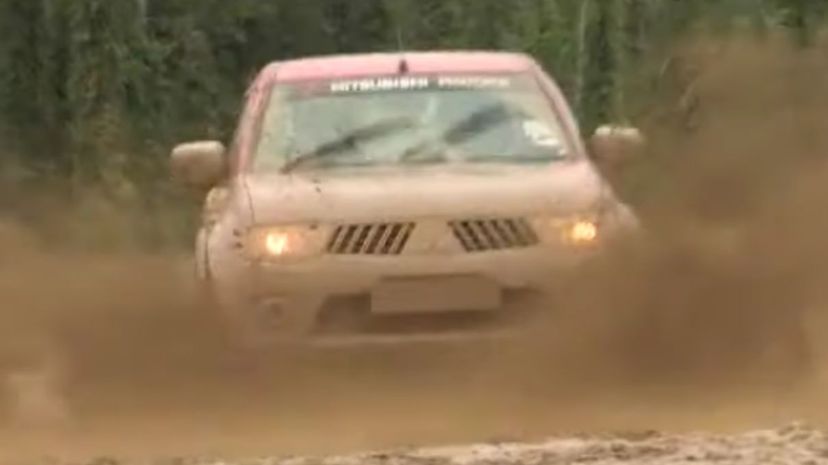
Mitsubishi is a Guinness World Record holder for the highest number of Dakar Rally wins by a manufacturer — 12 between 1985 and 2007. The rally is considered one of the most challenging and dangerous in the world, and Mitsubishi's continued success is one reason the company is an important player in the rally racing community.
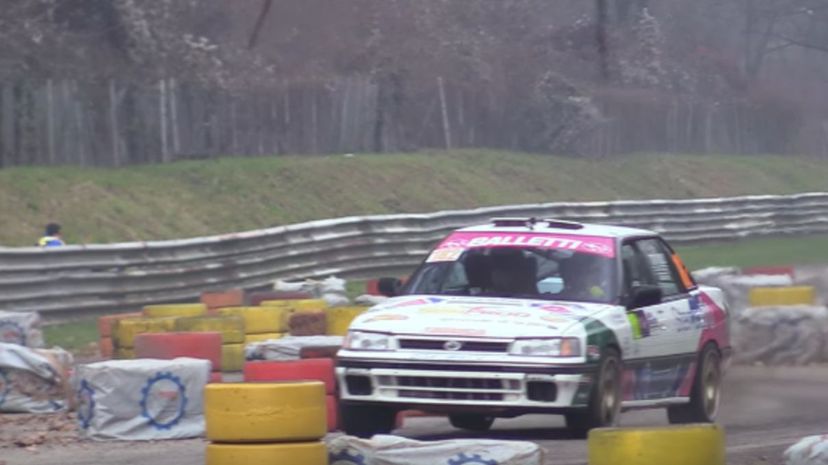
In 1998, the Subaru Legacy covered 100,000 kilometers (around 62,137 miles) in 447 hours, 44 minutes, 9.8 seconds. The average speed of the vehicle was about 223 kilometers per hour (138 miles per hour).
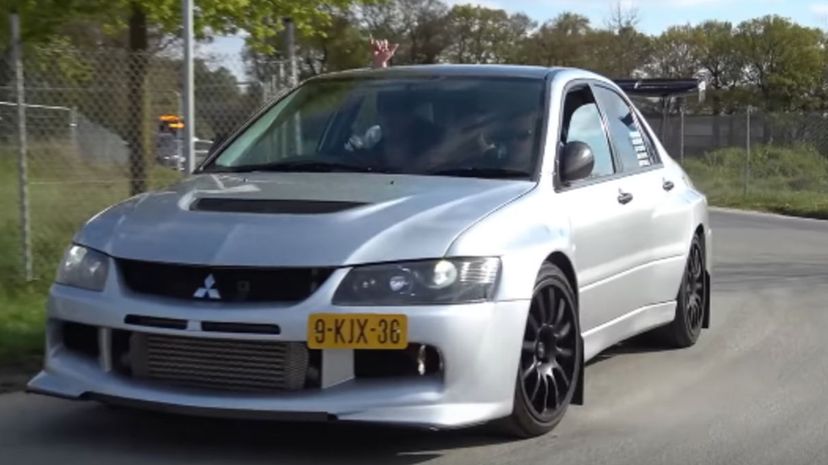
The Lancer Evolution took inspiration from the Galant VR-4 for its AWD drivetrain, and the engine became a company classic that is still used today. It produced about 244 horsepower for a top speed of 142 miles per hour.
Advertisement
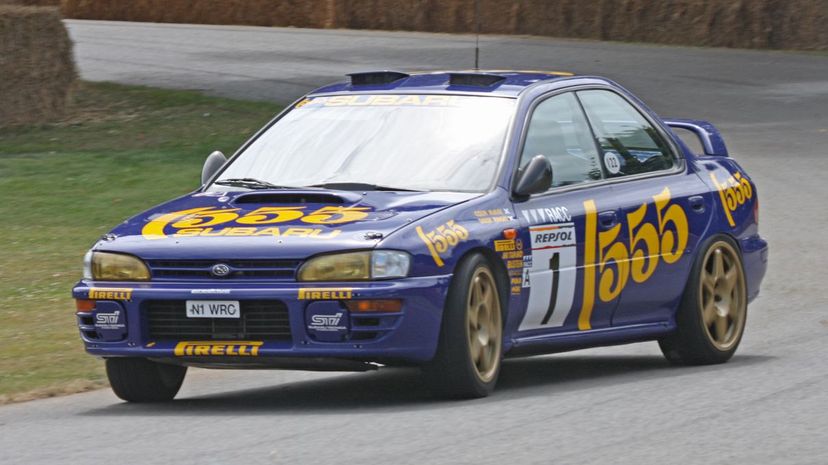
While each of the mentioned drivers did win a World Rally Championship Driver's Title in the vehicles list, Colin McRae was the youngest driver ever to do so, winning the title at just 27 years old. He still holds the title, though he passed away in 2007.
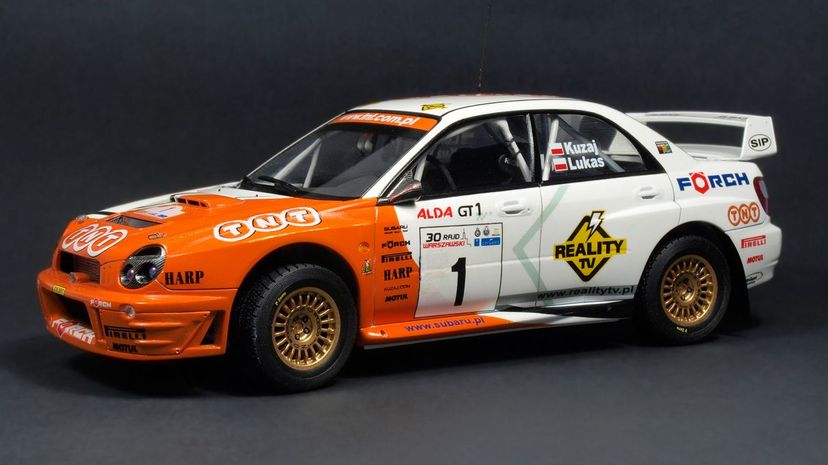
Andrew Cowan, originally from Scotland, was one of the most important racers in Mitsubishi's history. He set up ACMS as a European hub for Mitsubishi's performance and motorsports activities. It eventually evolved into Ralliart Europe, which entered the WRC for the first time in 1989.
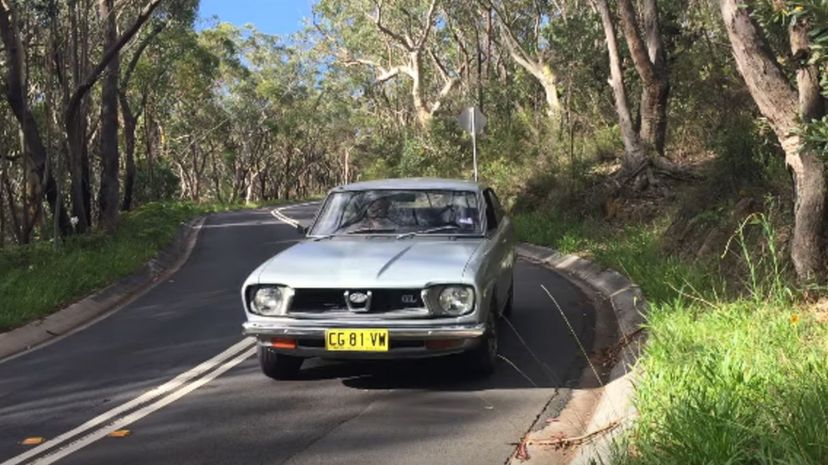
The Subaru Leone replaced the Subaru 1000 and preceded the famous Subaru Impreza. Most models were equipped with four-wheel drive, and the Leone — Italian for "lion" — was the top-selling Subaru model until the 1989 Legacy.
Advertisement
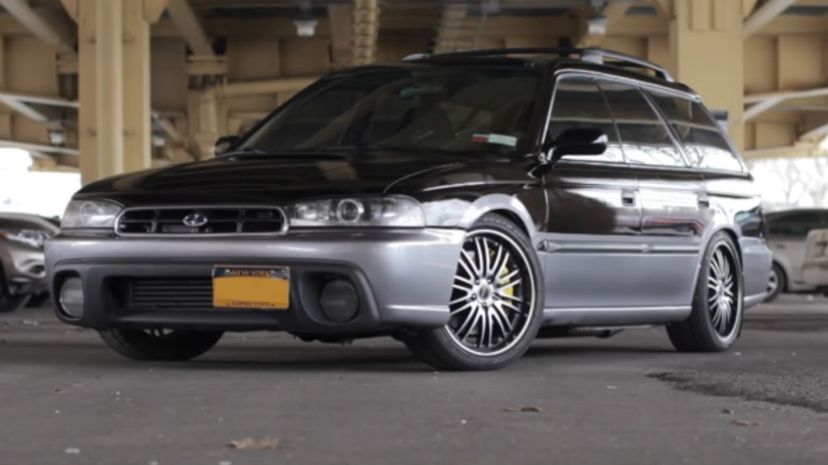
For the third generation Subaru Legacy, produced from 1998 to 2004, Subaru did away with front wheel drive vehicles and made each model based on a four wheel drive platform. In Australia, it was sold as the Subaru Liberty.
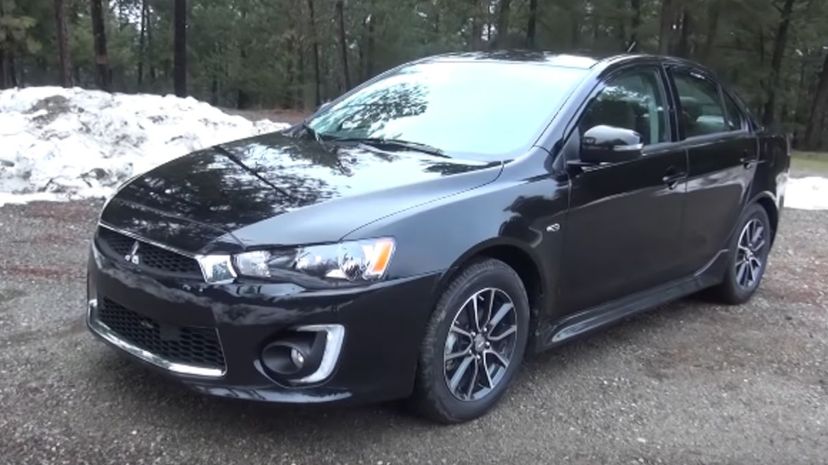
A 1.8-liter turbo engine meant the Lancer EX was a force to be reckoned with in the late 1970s and early 1980s. The engine was known as the "Lan-Turbo," and Mitsubishi wanted to be sure you saw the Lancer EX coming from a mile away.
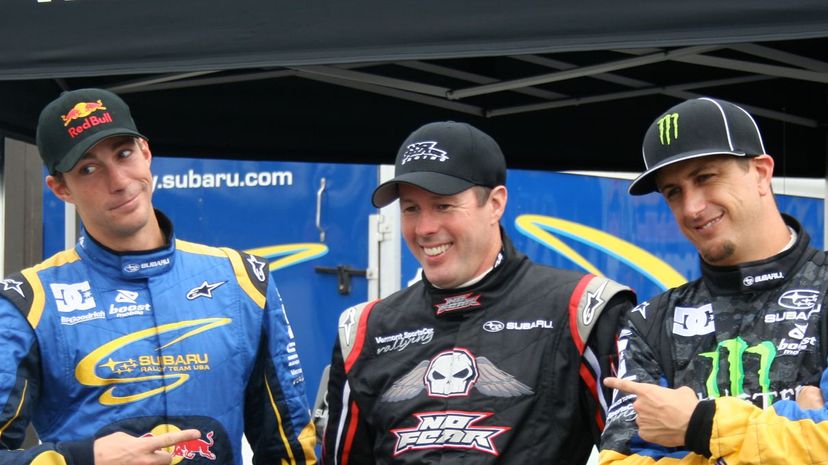
After McRae, Petter Solberg became the frontrunner of the Subaru racing team in the newly evolved Impreza WRC cars. He won the only championship of his career with Subaru and stayed until 2008.
Advertisement
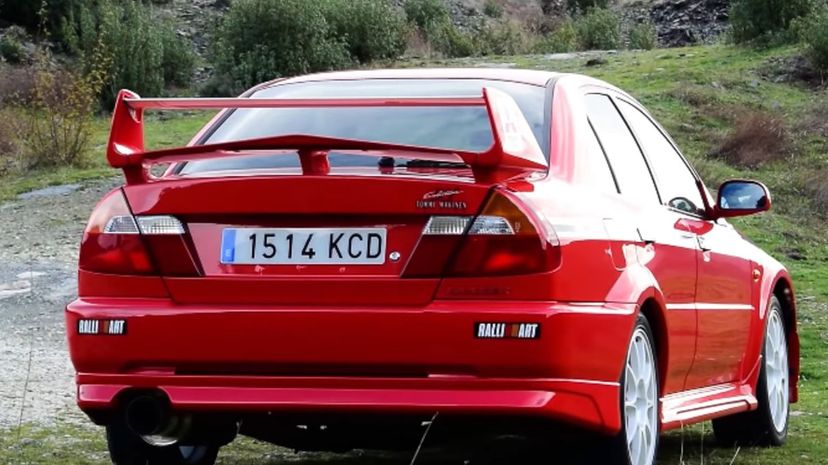
Tommi Makinen helped bring Mitsubishi to victory again and again. After the fourth championship, they honored his — and the team's — successes with the Tommi Makinen edition of the Lancer Evolution VI, produced in 2000. It was lower, quicker and more responsive in steering.
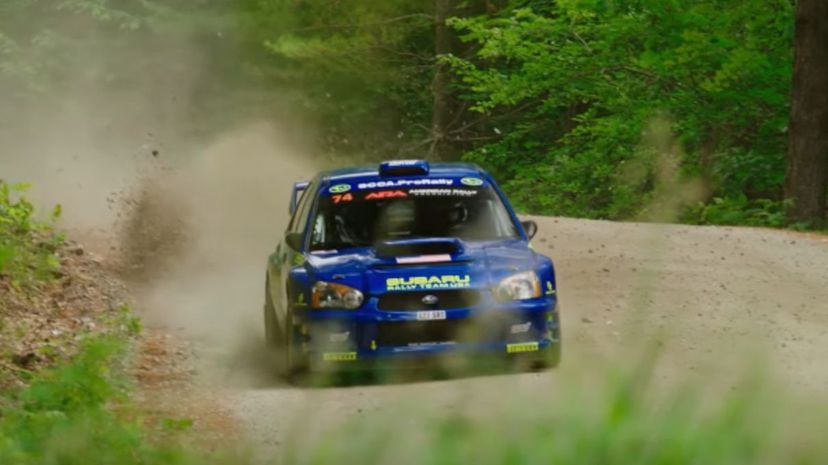
The recession in America in 2008 affected people and companies around the world. While Subaru claimed that they pulled out of the WRC because they had achieved their motorsports objectives, there was no denying that money played a significant role. The lack of recent wins also likely had some impact.
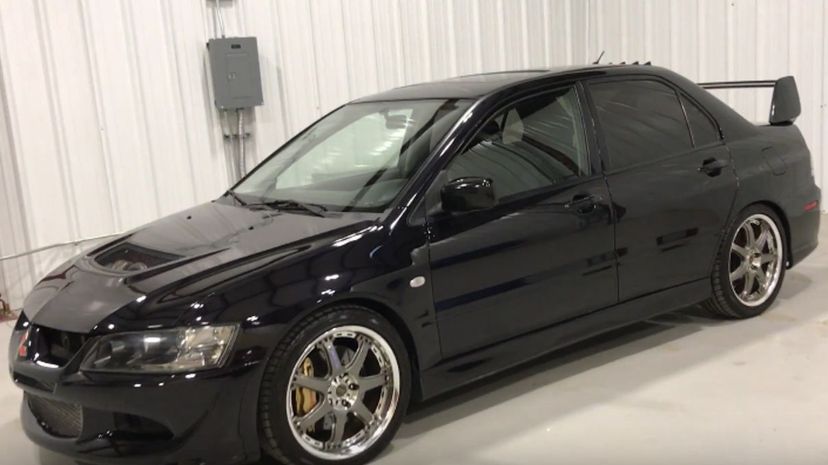
The spoiler's low weight and high rigidity increased vehicle downforce, and the following year a MR (Mitsubishi Racing) version was released. Mitsubishi continued to strive for speed, power and motorsport victories.
Advertisement
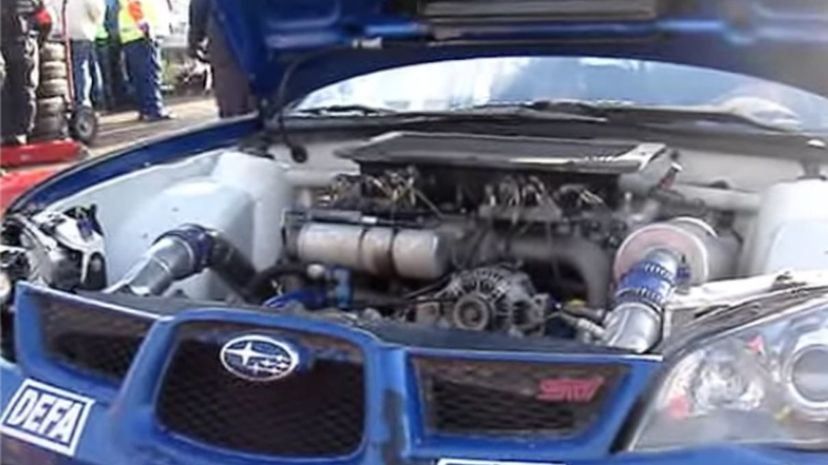
In the early days of racing, Subaru was very interested in balance and weight distribution — and the Impreza 555's engine was a result of that. The Impreza is still manufactured today, but the 555 designation ended in 1996.
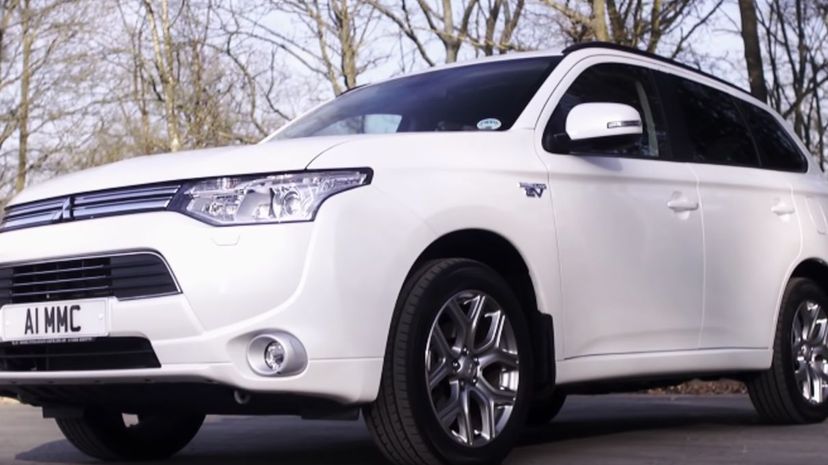
Mitsubishi has been chasing mass-produced alternative energy vehicles for years, and in 2015 their efforts were rewarded when the Outlander PHEV joined the gas version on the off-road track. It didn't just race — it helped to take home the fastest time in three of five segments.
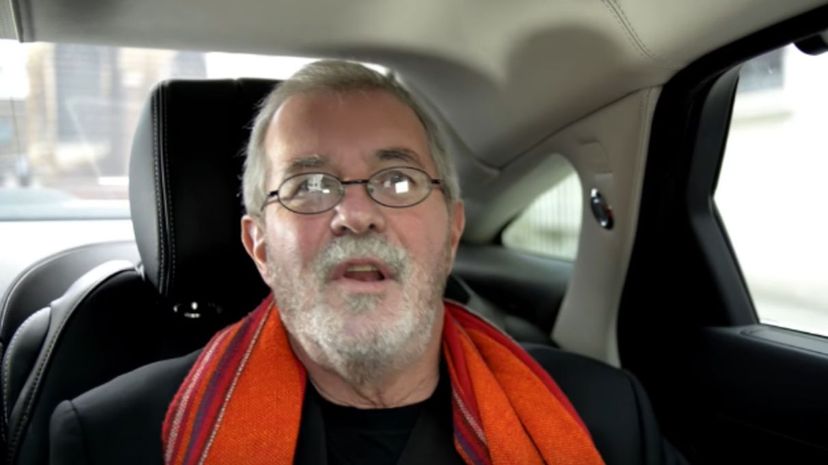
Peter Stevens is one of the most well-known and influential automotive designers in history. Like all WRC teams in the early 1990s, Subaru was looking for new ways to take their team to the next level after regulation changes, and Stevens played an integral role in aerodynamic design.
Advertisement
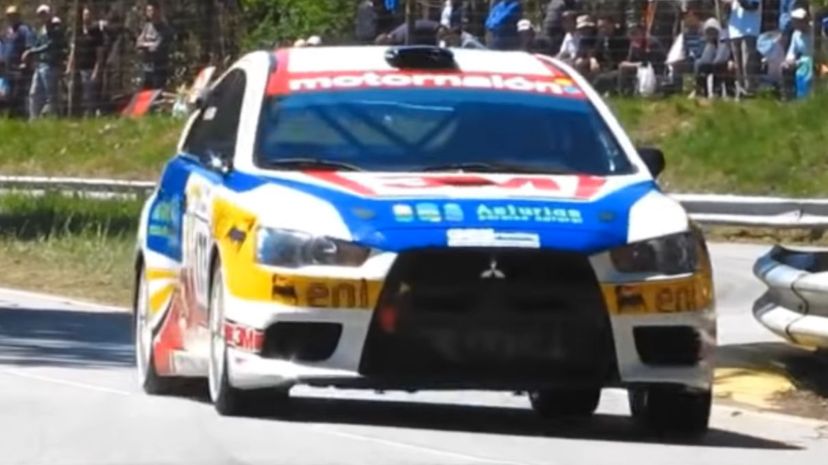
New drivers had to adjust to this vehicle's left-footed braking approach, which frees the right foot to work the throttle. This new version of the Lancer Evolution had MacPhersons for the suspension, as well as improved weight distribution and a new exhaust.
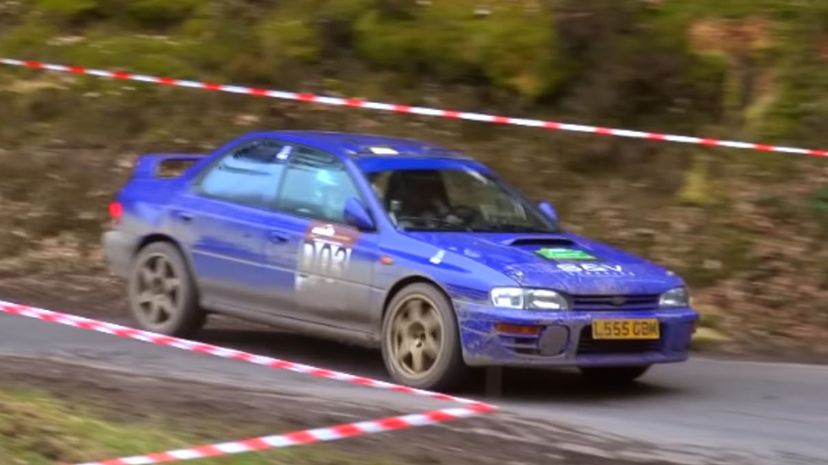
There's no questioning why the Subaru WRX is a favorite among car enthusiasts. It had a massive impact on design and engineering for years to come and influenced vehicles like the Mitsubishi Lancer Evolution, the Ford Focus RS and the Honda Civic Type R.
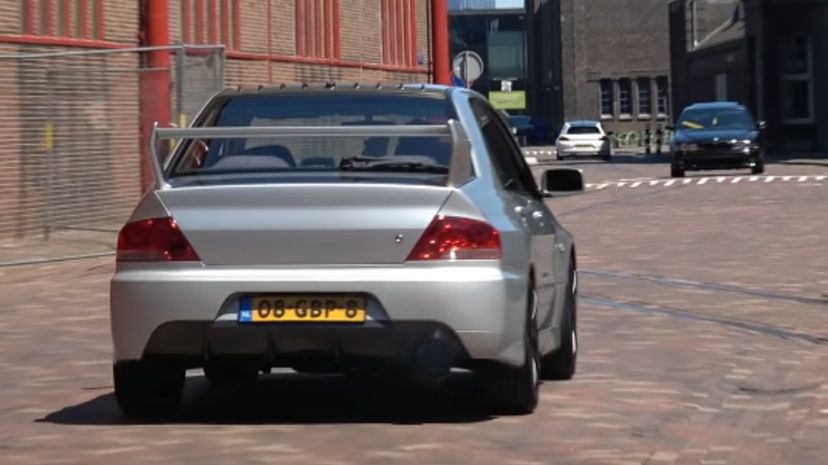
Though the two vehicles are very similar, there are a few details you're bound to notice between the Lancer and the Lancer Evolution, like the shift from AWD to 4WD and a performance-oriented stiffer suspension in the Evolution.
Advertisement
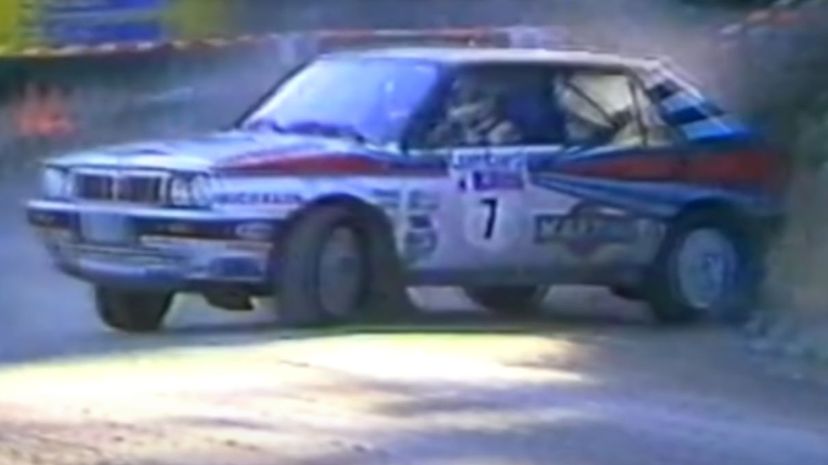
Subaru is known for producing the ultimate rally racing vehicle, but that's largely due to the influence of Colin McRae, who started driving with the team in the early 1990s. Before him, the team landed a podium spot just once, in 1987.
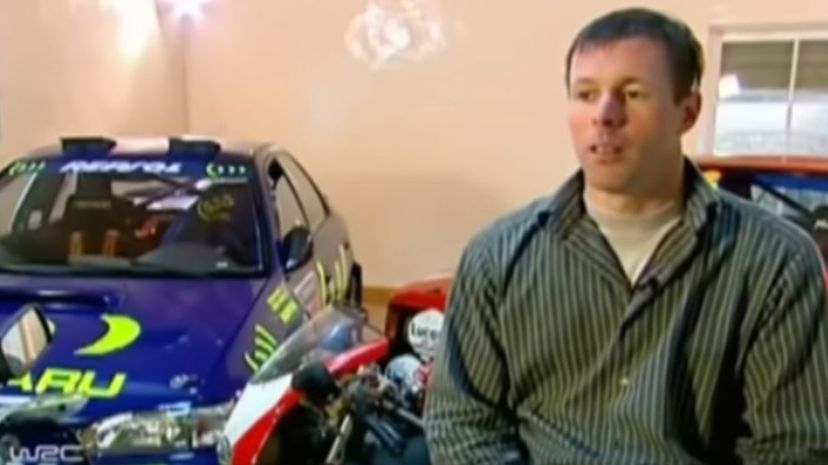
Colin McRae is the man to thank for Subaru's racing legacy, and he made quite a show in the 2006 X Games Rally competition that he lost by a nose — despite a rollover. Travis Pastrana won the race.